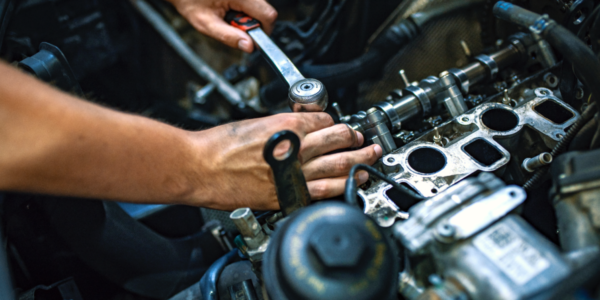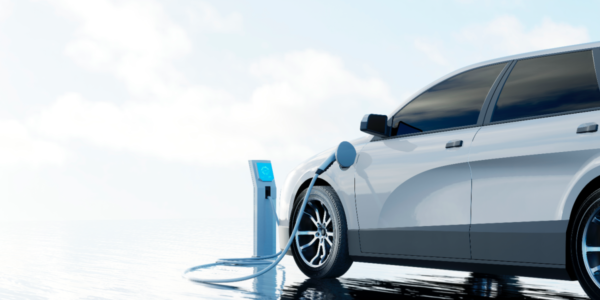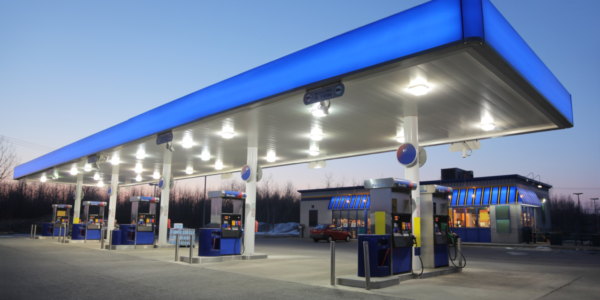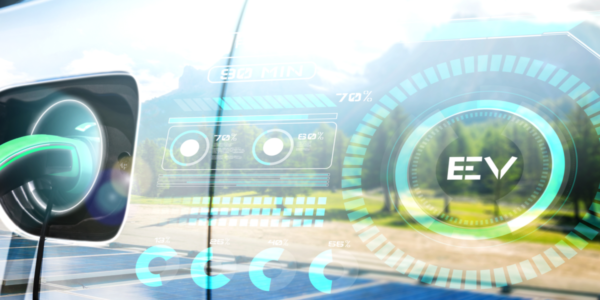
Lithium-ion batteries are made up of three essential components; the positive and negative electrodes, the cathode and the anode, and the chemical layer known as the electrolyte. The electrolyte is formed of salts, solvents, and additives and serves as what’s called the conduit of lithium-ions between the cathode and the anode.

More often than not, companies cannot afford to slow down operations when a key employee is out of office. For this reason, cross-training employees is a great way to ensure that the show goes on.

Together with the transition to electric vehicles, comes the need for clean, renewable energy sources. It is projected that renewable energy will be the largest electricity source by 2050, as the world moves to completely phase out fossil fuels. With more fleets looking to take on EVs, it is essential to also consider how these EVs are being powered and whether it is a clean, sustainable practice.

We’ll be speaking about electrification, sustainability (as per usual) and the entire movement at it’s core – because I know that sustainability isn’t just for those interested in electrification. There’s a little piece that everyone can take from this.

There are many factors to consider when it comes to making EVs more sustainable at every life stage. When broken down from raw material extraction to vehicle disposal, is clear to see that EV’s zero-emissions claim is really only true in operation.

Lithium-ion batteries are made up of three essential components; the positive and negative electrodes, the cathode and the anode, and the chemical layer known as the electrolyte. The electrolyte is formed of salts, solvents, and additives and serves as what’s called the conduit of lithium-ions between the cathode and the anode.

Working with data is Utilimarc’s bread and butter, the core of what we do here. We’ve been working with one of our partners, GEOTAB, to be able to “unlock” a certain type of data that historically has been harder to access.

With EVs requiring such high processing power and fast charging times, battery temperature is a common concern and reason for accelerated degradation. High temperatures cause irreversible damage to batteries, ultimately affecting the battery’s state of health, performance and safety.

The timeframe for electric vehicle technology, infrastructure and innovation has shortened dramatically. It went from a span of 5-10 years being the average to see any major change in innovation, to 1-2 years being the standard.